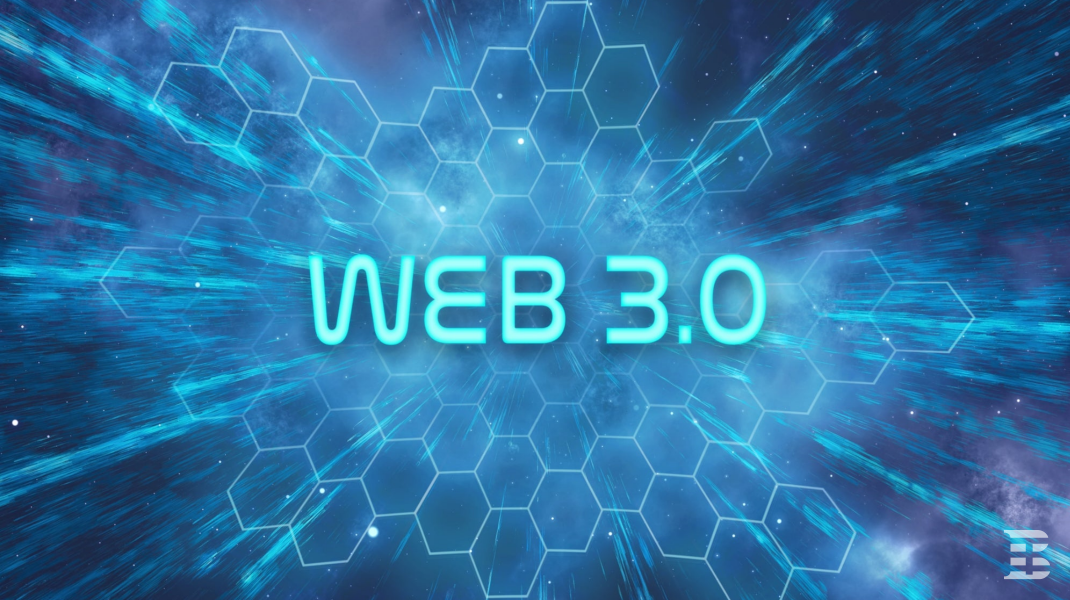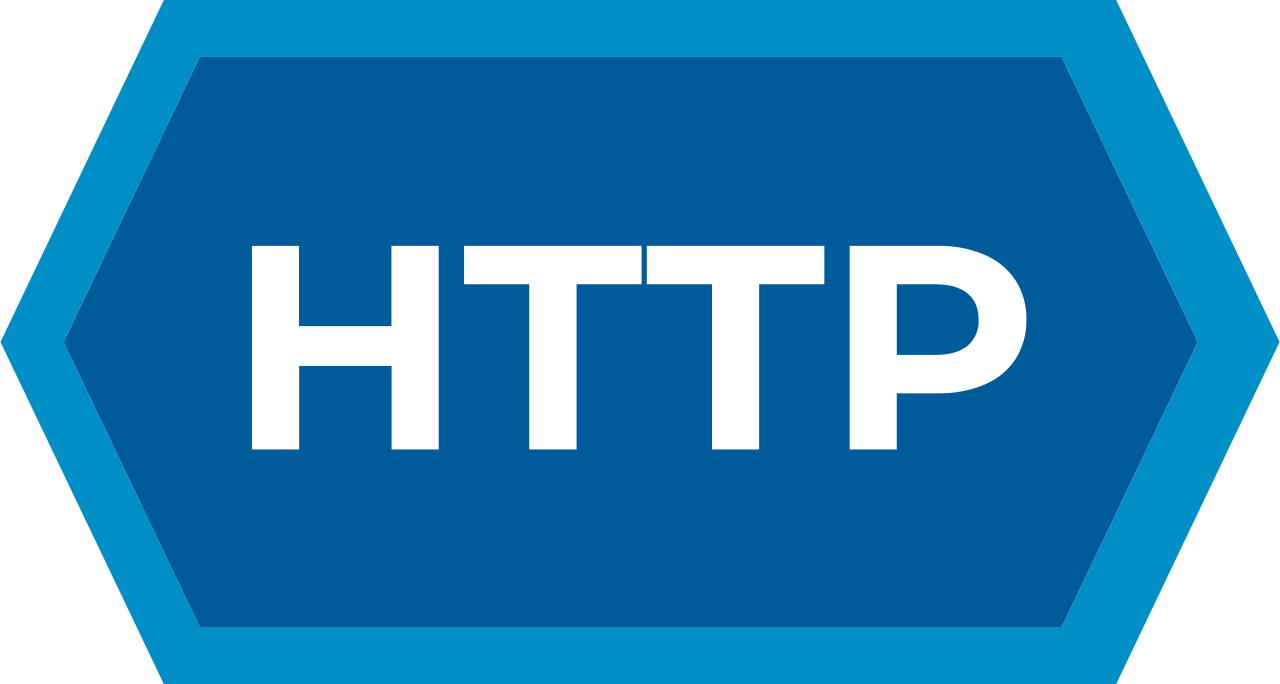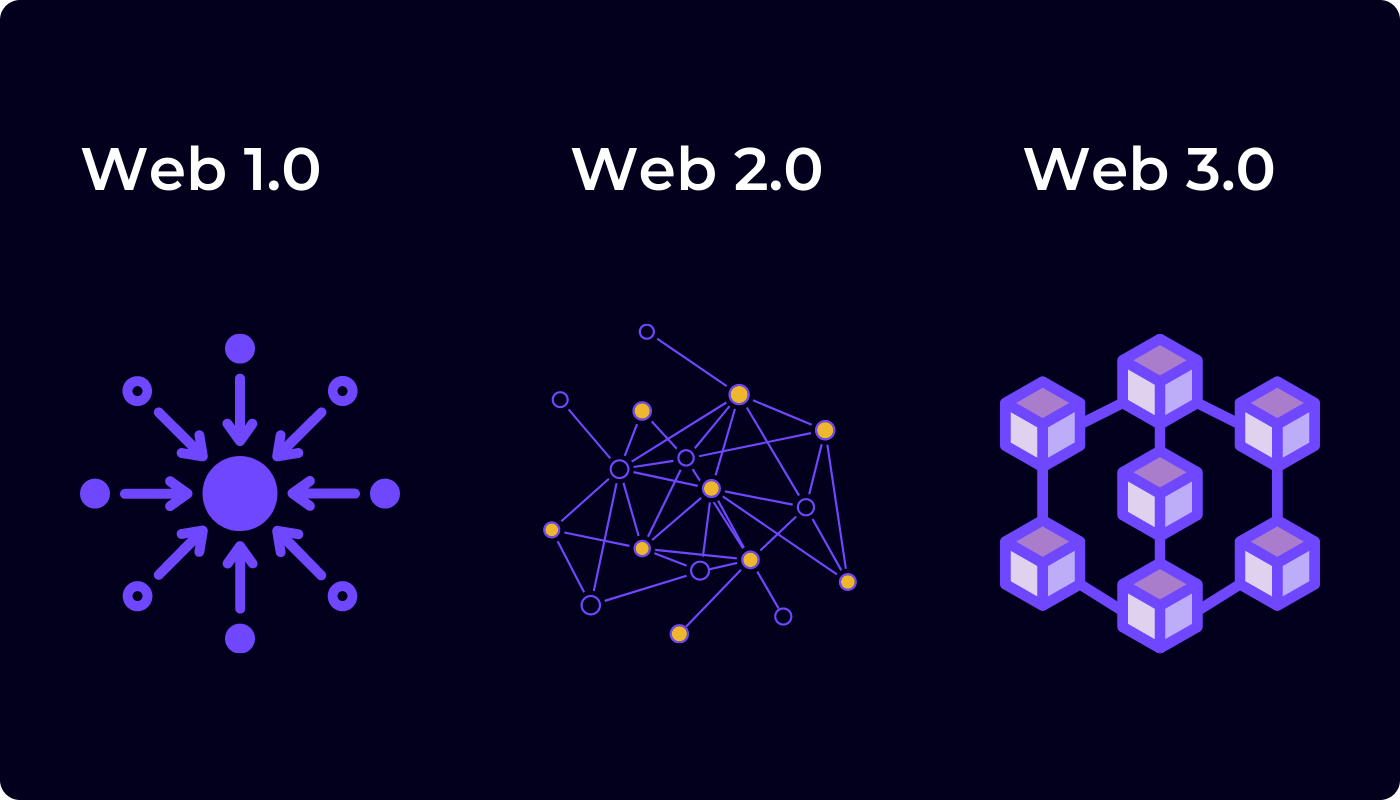What is Web 3.0? Is it Really the Future of the Web?

The internet has known 2 development levels since its very beginning, and each of them came with significant changes that revolutionized the ways users can interact digitally. These stages are called Web 1.0 and Web 2.0, and are referring to the World Wide Web or simply told - the internet.
Web 1.0 - Establishing Critical Internet Infrastructure

Back in the 1990’s the first development phase of the web, also called Web 1.0 was defined by the occurrence of such definitions as HTML, URL, and HTTP. The impact of each of them gave clear directions to the way the Web has developed:
-
HTML in its multiple versions as of 2022 marked the web by becoming the universal language of formatting the web content and is the core of how the web can be read, written, and interpreted by both users and software.
-
URL established concrete addresses where specific content can be found and accessed allowing web entities to have their own address
-
HTTP made possible the retrieval of linked sources across the web.
To put it in another way, Web 1.0 marked the beginning of the internet as a global process by establishing critical infrastructure for navigating the web. In this way, users were able to access, read and go from one page to another because of these three main components.
As for browsers, Netscape Navigator was the only and first option that could be used to perform internet surfing. Although all pages were static and far from what we see today, it gave us access to digital information, despite the limited number of websites that provided it.
Web 2.0 - Extended Access to Information. The Era of Social Interaction.

By the moment this piece of content is written, in 2022 we are at the beginning of a transition period between Web 2.0 to Web 3.0. When we refer to web 2.0 as more access to information, it means that users can generate content and be published and accessed by hundreds of millions of users worldwide. Compared to the definitory elements of Web 1.0, Web 2.0 pushes the boundaries with user-generated content, social connectivity, and digital interaction.
-
User-generated content started with blogs, reviews, continued with images that later expanded to multiple formats, and went up to videos - all published on giant platforms like Youtube, indexed by Search Engines like Google, and accessible to anyone.
-
Digital Interaction in Web 2.0 was marked by the opportunity to share, comment, edit, and first of all access user-generated content. In other words, the addition to the first information sources on the web was provided by users themselves and developed the social aspect in the digital world.
-
Social Connectivity in its turn was enhanced by social media platforms such as Facebook, Twitter, Youtube, and tens of other social media platforms that facilitate both user-generated content and digital interaction.
As the technology evolved, surfing the web became smoother and better optimized. Improved internet connectivity has also increased user-generated content, sped up social connectivity, and enhanced digital interaction. And a higher storage capacity was needed to deposit the crazy amount of information generated by users.
The impact that Google and Meta (formerly Facebook) had on accelerating Web 2.0 cannot be denied by the entire web community. Contributions such as IPO (initial public offering) and focus on mobile have given even more access to digital data to users across the globe, and powered the informational system up to the limit where regulators have to moderate content to fight disinformation as a part of informational wars.
Web 3.0 - the new internet paradigm

As Web 2.0 expands to its limit and it seems that there is no more room for development in the same direction since 2020 we stand at a digital crossroads witnessing a new transformation of the internet as a whole. The change of the internet paradigm comes under the name of Web 3.0 or web3, and the first signs show other three pillars of the web that can replace or be added to what we have in Web 2.0. The three pillars of Web 3.0 are:
-
Data Decentralization
-
Permissionless access to information and content
-
Artificial Intelligence
Data Decentralization refers to replacing HTTP as a path to find information on a fixed location. HTTP has served for already 2 generations of the internet, but its weak point is centralized data. In Web 3.0 the information should be stored in multiple locations simultaneously and in this way - be decentralized.
A direct consequence of data decentralization would mean the breakdown of large platforms that served as pillars in Web 2.0 - Google and Facebook (now Meta).
To learn more about the decentralized web, we recommend watching this TED video:
Storing data on Blockchain is an alternative to it, and would give users more control over it. Blockchain is a system to record information in a way that is almost impossible to change, rewrite or cheat the system, is the most trustworthy way to write and stock data.
Permissionless access to information and content is another defining criterion of Web 3.0. It comes with data decentralization and gives users more freedom to generate and control data beyond centralized platforms that stock it. At the same time, Web 3.0 comes with trustless connections between users via P2P networks. Removing SSL certificates and HTTPS protocol equals removing security regulators but also takes down the possibility to restrict or remove access to a specific group of users to any connection.
Instead, the access will be controlled by the entire internet community via dApps - decentralized applications that run on the blockchain or p2p networks and give equal authority power to those who own them. It may seem right now that we talk about digital anarchy, but the web already started to transform in this direction.
Artificial intelligence and machine learning will be the third pillar of Web 3.0. Making computers understand and learn how humans interact and use the internet would boost the automatization of mechanical processes, thus consolidating the first two pillars of Web 3.0. In addition, AI would result in a higher quality of search queries, services, goods and even help specific fields like biomedical engineering to develop solutions that the world needs in different periods of time.
Web 3.0 comes also with risks that threaten the informational security of individuals, communities, and countries. It seems that the logic behind Web 3.0 counts on a grown-up society that can be self-regulated, self-sustaining, and non-violent enough to accept and follow unwritten rules.
A part of the world is going through this test right now by taking part in blockchain operations.
But is the entire web ready to take this step? And how soon?